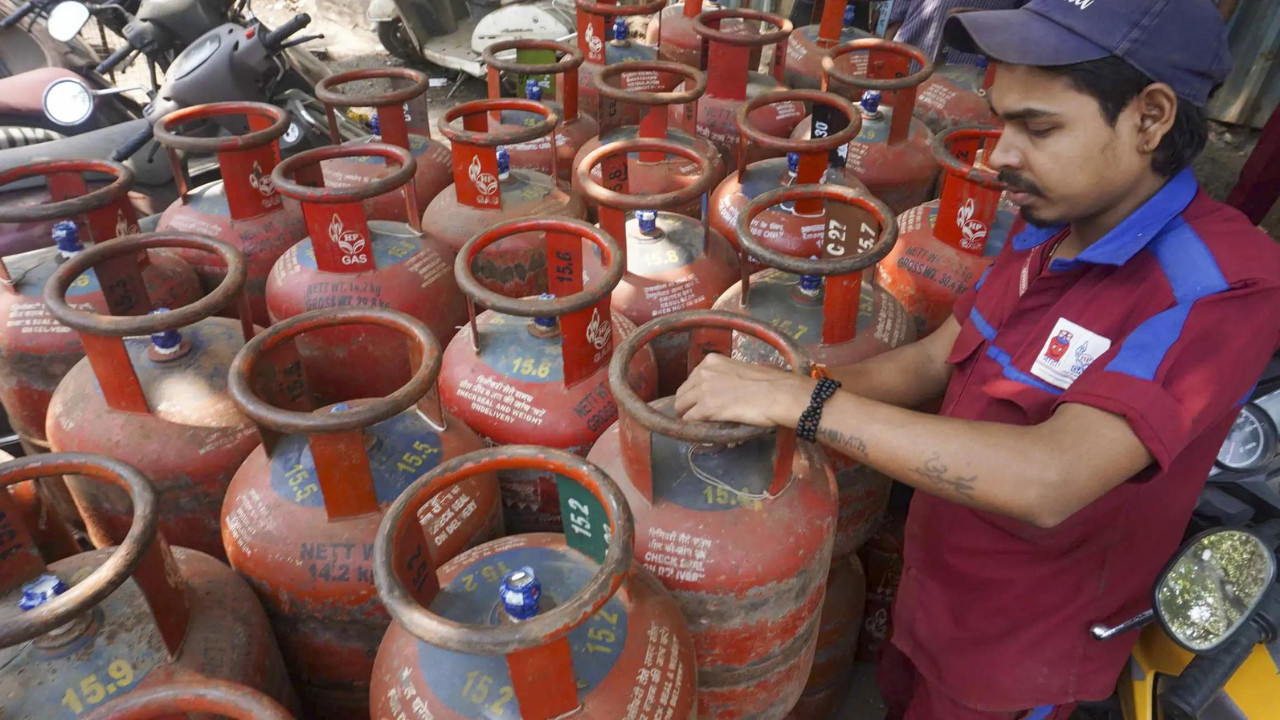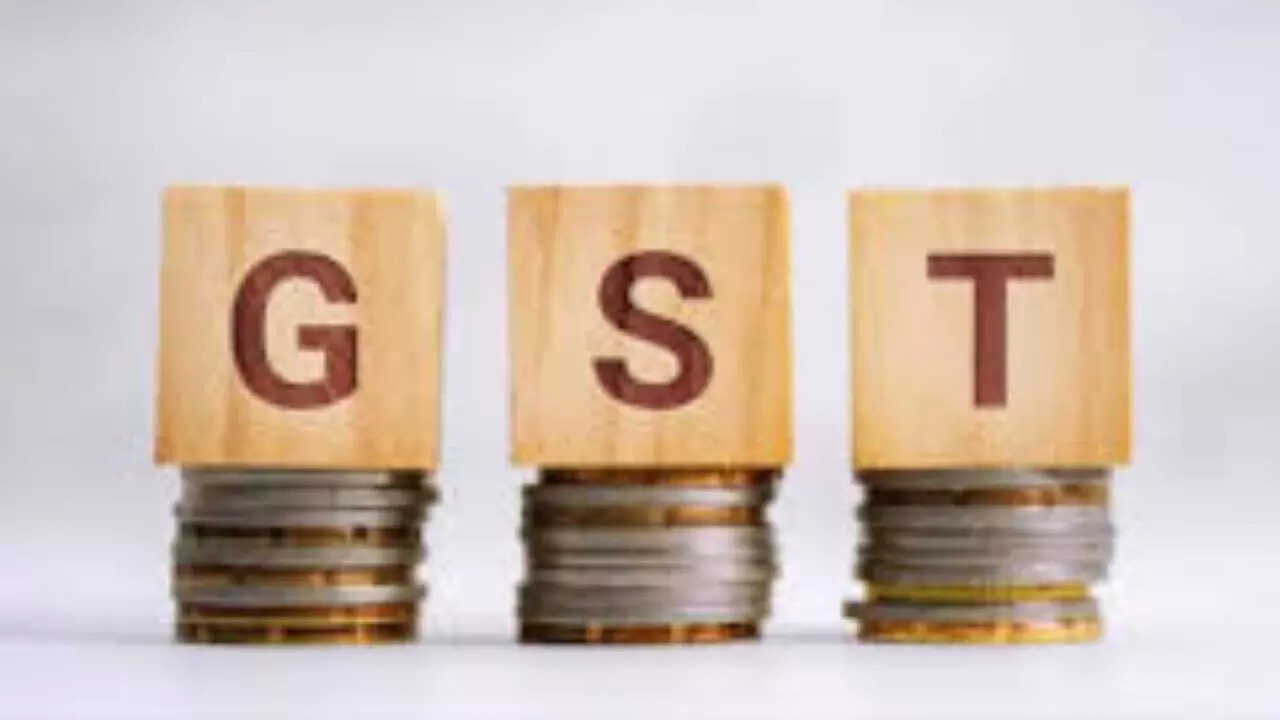Oil marketing companies have reduced the price of 19 kg commercial LPG cylinders by Rs 58.50, offering relief to commercial users. The revised retail sale price in Delhi is now Rs 1,665 per cylinder. However, there has been no change in the prices of 14.2 kg domestic LPG cylinders.
Relief at the Restaurant: Commercial LPG Prices See a Welcome Dip
For restaurant owners and businesses reliant on Liquefied Petroleum Gas (LPG), July brought a small sigh of relief. The price of commercial LPG cylinders, the workhorses of kitchens and industrial processes across India, experienced a significant cut. This reduction offers a glimmer of hope amidst fluctuating energy costs and provides a chance to ease some of the financial pressure faced by these sectors.
But before you start planning a celebratory dinner out, it’s important to understand exactly who benefits from this price drop, and how it might (or might not) eventually trickle down to your wallet.
Why the Change in Commercial LPG Prices?
The price of commercial LPG is typically influenced by a complex interplay of global factors. Fluctuations in international crude oil prices, geopolitical events, and currency exchange rates all play a role. These factors are carefully monitored by oil marketing companies, who then adjust prices to reflect these market realities. In recent weeks, a softening of international energy prices created an opportunity for this downward revision.

This particular cut provides a much-needed respite after periods of sustained high prices, a welcome change for businesses that depend heavily on LPG for their daily operations. From bustling restaurants and catering services to industrial units and even some transportation applications, the impact of LPG costs is significant.
Who Directly Benefits From Lower Commercial LPG Prices?
It’s crucial to distinguish between commercial and domestic LPG. This price cut solely applies to the larger 19-kg commercial cylinders used by businesses. These cylinders are readily identifiable by their size and typically bright colour. This means that the immediate beneficiaries are establishments like restaurants, hotels, and industrial caterers.
Households using the smaller, subsidized domestic LPG cylinders will not see a direct price change. These cylinders, generally 14.2 kg in size, operate under a different pricing structure that includes government subsidies designed to cushion consumers from the full impact of market fluctuations. The cost of domestic LPG is carefully managed to balance affordability for households with the financial viability of oil marketing companies.
Will This Impact Your Dinner Bill? The Potential Ripple Effect
While you won’t see an immediate discount on your domestic LPG cylinder, the drop in commercial LPG prices could eventually lead to some indirect benefits. Restaurants, for example, often cite energy costs as a significant component of their overall expenses. A reduction in these costs could, theoretically, allow them to absorb inflationary pressures on other ingredients and services, potentially moderating future price increases on menu items.
However, it’s essential to manage expectations. Restaurants operate in a competitive market and face a multitude of cost pressures, including rent, labor, and raw materials. Whether they choose to pass on any savings from cheaper LPG to consumers is ultimately a business decision.
We might see subtle adjustments in pricing strategies over time, but a dramatic drop in restaurant bills solely due to this LPG price cut is unlikely. The more significant impact will likely be on the profitability of these businesses, allowing them to operate with a little more financial breathing room.
Navigating Energy Costs: A Long-Term Perspective
This price reduction serves as a timely reminder of the dynamic nature of the energy market. Businesses that rely heavily on LPG are increasingly looking for ways to mitigate their exposure to price volatility. Some are exploring energy-efficient equipment, alternative fuel sources, and better inventory management strategies. These longer-term solutions can offer greater stability and control over their energy expenditures, regardless of short-term price fluctuations.
The government also continues to emphasize the importance of energy conservation and the adoption of sustainable practices. Encouraging businesses to explore alternatives and promoting energy efficiency can lead to a more resilient and environmentally responsible energy sector.
Understanding LPG Price Dynamics: A Complex Equation
Ultimately, the recent price cut for commercial LPG cylinders provides a welcome, albeit limited, respite for businesses. While it might not lead to immediate savings for households using domestic LPG, it does offer a chance for commercial establishments to manage their operating costs more effectively. The long-term impact will depend on how businesses choose to utilize these savings and navigate the ever-changing landscape of energy prices. The commercial LPG prices influence the restaurant industry, and the impact of this reduction will be monitored closely.







